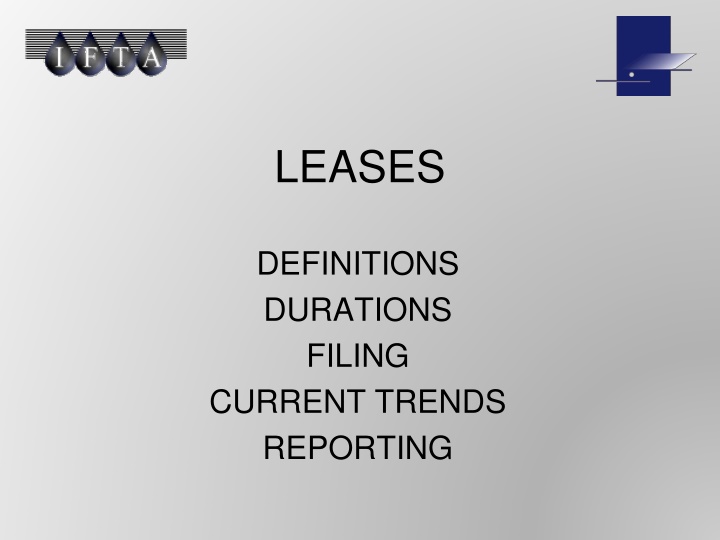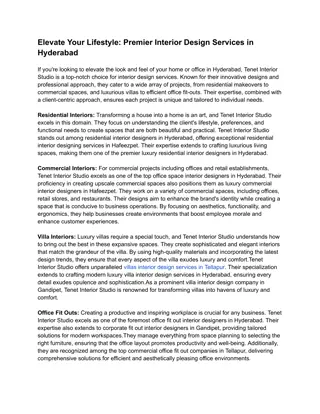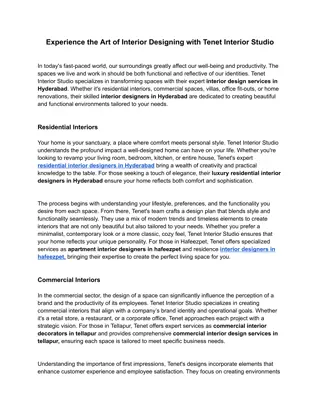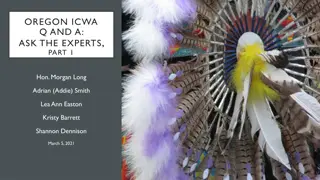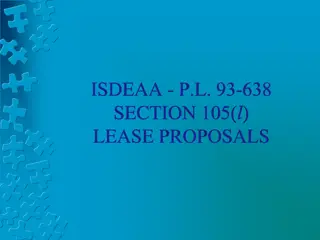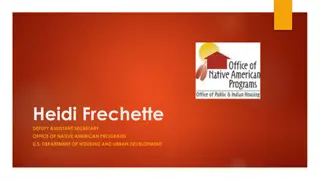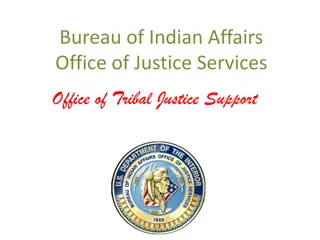US Department of the Interior Indian Affairs Title Framework for a P.L. 93-638 Section 105(l) Lease
This content provides an overview of Section 105(l) leases under P.L. 93-638, outlining their unique aspects and regulatory requirements. It discusses the concept of facility cost agreements and the criteria for T/TO ownership. Additionally, it explores the compensation elements and the status of implementation of 105(l) agreements with specific tribes. The material concludes by outlining the Title Framework for a structured approach to 105(l) lease requests.
Download Presentation

Please find below an Image/Link to download the presentation.
The content on the website is provided AS IS for your information and personal use only. It may not be sold, licensed, or shared on other websites without obtaining consent from the author.If you encounter any issues during the download, it is possible that the publisher has removed the file from their server.
You are allowed to download the files provided on this website for personal or commercial use, subject to the condition that they are used lawfully. All files are the property of their respective owners.
The content on the website is provided AS IS for your information and personal use only. It may not be sold, licensed, or shared on other websites without obtaining consent from the author.
E N D
Presentation Transcript
LEASES DEFINITIONS DURATIONS FILING CURRENT TRENDS REPORTING
LEASE Lease means a transaction evidenced by a written document in which a Lessor vests exclusive possession, control, and responsibility for the operation of a Vehicle in a Lessee for a specific term. A long-term Lease is for a period of 30 calendar days or more. A short-term Lease is for a period of less than 30 calendar days.
LESSEE Lessee means a Person that is authorized to have exclusive possession and control of a Vehicle owned by another under terms of a Lease agreement.
LESSOR Lessor means a Person that, under the terms of a Lease agreement, authorizes another Person to have exclusive possession, control of, and responsibility for the operation of a Vehicle.
DURATION SHORT TERM LONG TERM
FILING OF LEASES Jurisdictions Availability of Records Who is responsible for Reporting
CURRENT TRENDS/REASONS WHAT ARE THE CURRENT TRENDS
Business Reasons for Leasing Financial Benefits Sales tax may be streamlined in the lease in much smaller increments vs. full amount at time of purchase/title/registration Allows for capitalization of the leased assets (or treated as an operating lease) Allows cap costs of the asset over the span of the lease term rather than up front
Business Reasons for Leasing Maintenance May allow maintenance under the leased (costs passed through to the lessee) Roadside assistance May have access to better network of maintenance locations
Business Reasons for Leasing Newer Assets Advanced Technology May help company image (e.g., environmental practices/perspective) Keeps fleet younger in age and promotes replacement cycles
